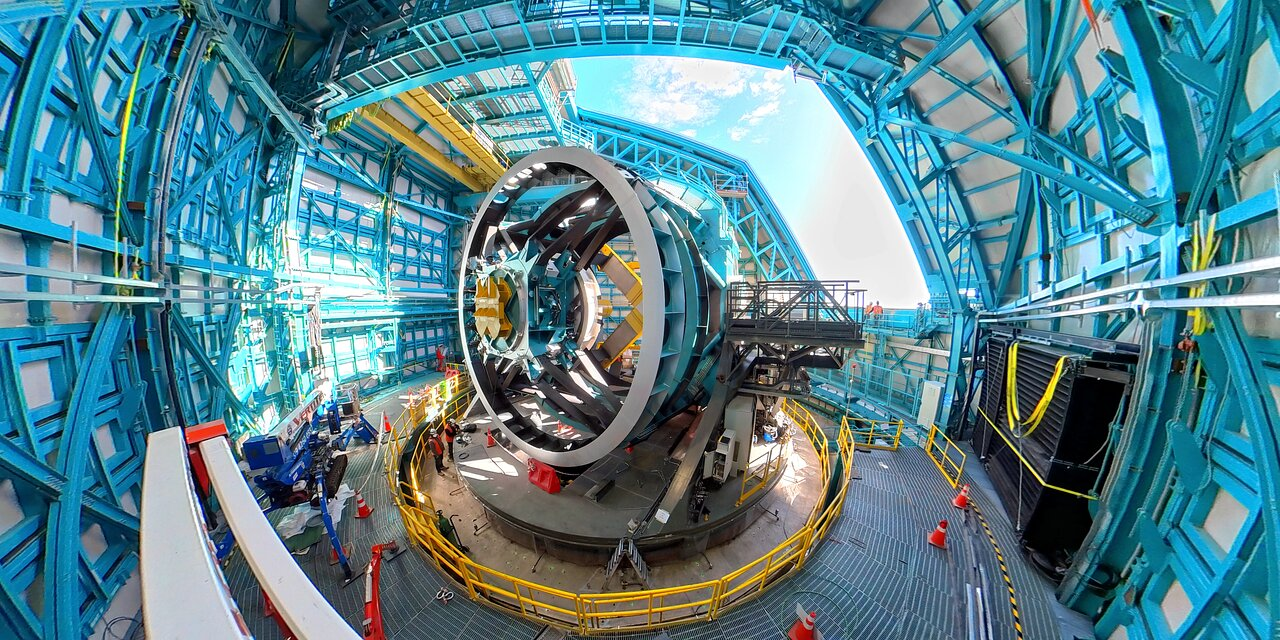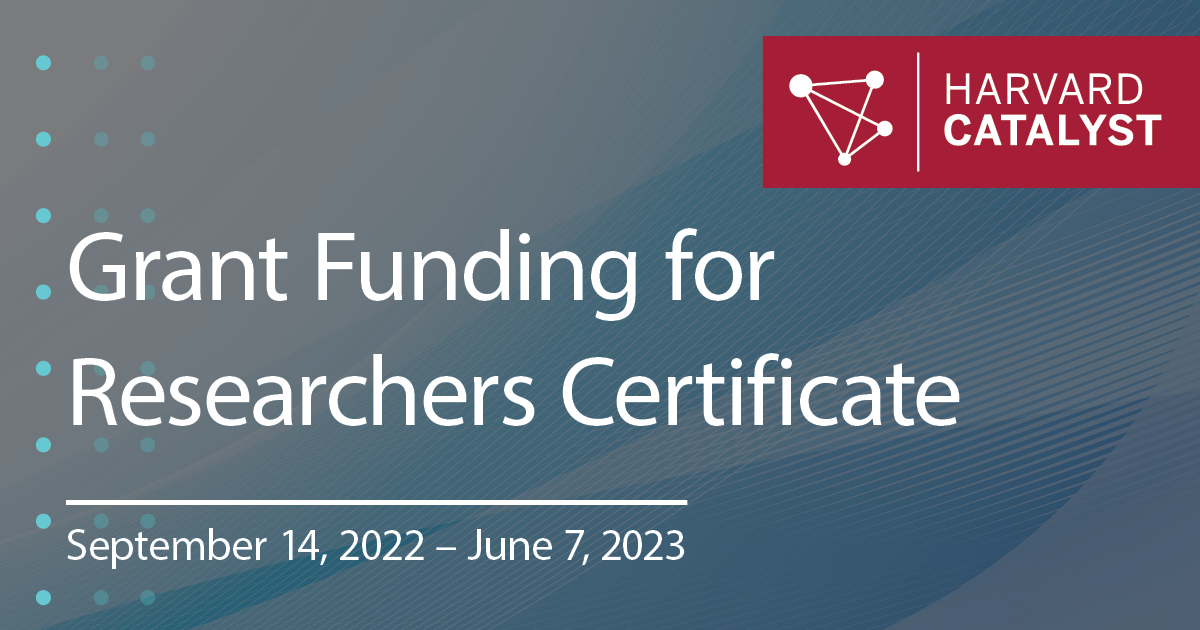
Rubin Observatory: Unveiling Dark Matter and the Milky Way
Rubin Observatory is at the forefront of astronomical research, set to redefine our understanding of the universe through its innovative Legacy Survey of Space and Time (LSST) project. This groundbreaking endeavor aims not only to map the Milky Way but also to illuminate the elusive dark matter that permeates our galaxy. With the highly advanced LSST Camera capturing exquisite astronomical imagery, the observatory will provide a comprehensive view of cosmic phenomena over a decade-long survey. As scientists harness the power of this expansive dataset, the insights gained will revolutionize dark matter research and offer unprecedented opportunities for discovery. In a bold move towards open science, all findings will be made available to the global scientific community and the public, fostering collaboration and education in the field of astronomy.
The Vera C. Rubin Observatory represents a monumental step in the quest for cosmic knowledge, particularly through its pivotal Legacy Survey of Space and Time initiative. This ambitious project is designed to chart the intricate details of our galaxy, while also probing deep into the mysteries of dark matter and dark energy. Utilizing the sophisticated LSST Camera, astronomers will capture striking visual data that not only documents the night sky but also helps unravel the complex dynamics of the universe. Over its ten-year lifespan, the observatory will serve as a vital resource for scientists and educators alike, bridging gaps in understanding and enhancing public engagement with science. By enabling wide-ranging studies into various astrophysical questions, the observatory embodies a new era of collaborative exploration in astronomy.
Introduction to the Legacy Survey of Space and Time
The Legacy Survey of Space and Time (LSST) is set to revolutionize our understanding of the cosmos with its extensive ten-year observational campaign. Utilizing the cutting-edge capabilities of the Vera C. Rubin Observatory, the LSST aims to create a detailed map of the night sky, capturing the fleeting moments of cosmic events. This ambitious project combines a wide field of view with a large aperture, allowing astronomers to examine not only vast portions of the universe but also to detect faint celestial objects that would otherwise remain hidden. By integrating advanced technologies and innovative data-sharing practices, the LSST is positioned to enhance our knowledge of the Milky Way and beyond.
As the LSST progresses, astronomers anticipate that its datasets will be instrumental in answering critical questions surrounding dark matter and dark energy. These cosmic phenomena constitute a significant portion of our universe yet remain enigmatic due to their elusive nature. With the survey’s rich astronomical imagery and extensive data collection, scientists hope to shed light on these mysteries, ultimately transforming our understanding of the universe.
Additionally, the LSST’s commitment to open-access data represents a paradigm shift in the scientific community. Unlike traditional methods that restricted access to observational data, the LSST aims to make its findings freely available to researchers, educators, and the public alike. This initiative encourages collaborative efforts among international institutions and fosters an inclusive environment for scientific exploration, ensuring that discoveries within the vast universe are shared widely. The LSST is not only a technological marvel but a beacon of progressive scientific philosophy, aiming to inspire the next generation of astronomers and researchers.
Rubin Observatory: Pioneering Astronomical Discoveries
The Vera C. Rubin Observatory plays a pivotal role in the advancement of astronomical research, primarily through its state-of-the-art LSST camera. This groundbreaking instrument, designed specifically for expansive sky surveys, boasts a resolution and field of view that are unmatched in modern astronomy. As the first of its kind, the LSST camera features 144 megapixels that allow it to capture vast swathes of the night sky at incredible detail. The telescope will take repeated images every few nights, creating time-lapse observations over its decade-long mission. This unique capacity reveals not only static celestial bodies but also dynamic cosmic phenomena, such as moving asteroids, supernovae, and other transient events.
Furthermore, the Rubin Observatory’s contributions extend beyond traditional observational techniques. By utilizing advanced data processing algorithms and machine learning, scientists can analyze the vast volume of imagery produced by the LSST effectively. This innovative approach enhances the precision of astronomical measurements and facilitates the identification of patterns and anomalies in the data, thereby providing deeper insights into the structure and behavior of the universe. With the observatory at the forefront of astronomical advancements, researchers hope to unlock the secrets of the cosmos through meticulous Milky Way mapping and extensive dark matter research.
In addition to its scientific endeavors, the Rubin Observatory emphasizes education and outreach. The initiative aims to engage K-12 students and the broader community, fostering interest in STEM fields through innovative programs and accompanying educational resources. By disseminating knowledge and knowledge acquisition tools, the observatory hopes to inspire future generations of astronomers and scientists. This combination of cutting-edge technology and community engagement positions the Rubin Observatory as a leader in driving forward the boundaries of astronomical discovery.
Unlocking the Mysteries of Dark Matter and Dark Energy
The exploration of dark matter and dark energy stands as one of the most significant scientific challenges of our time. The LSST’s extensive survey will provide unprecedented opportunities to investigate these enigmatic components of the universe. Scientists estimate that dark matter constitutes about 90% of the Milky Way’s mass, though its precise nature remains elusive. Through comprehensive data collection and advanced analytical techniques, astronomers hope to derive a clearer understanding of how dark matter influences the gravitational dynamics of galaxies, while also tracking its distribution throughout the cosmos.
In concert with dark matter studies, the LSST will also contribute to exploring dark energy, the mysterious force driving the accelerated expansion of the universe. With its extensive datasets and high-resolution imagery, the Rubin Observatory aims to capture cosmic events that can illuminate the properties of dark energy. Understanding the mechanics of these two phenomena could alter the fabric of astrophysics and cosmology, challenging existing theories and heralding new frameworks for understanding the universe’s evolution.
The potential discoveries stemming from the LSST’s findings could radically change our perspective on fundamental physics. As researchers analyze vast datasets, they will seek correlational patterns that link dark matter and dark energy to other cosmic phenomena. This inquiry not only contributes to the overarching narrative of cosmic evolution but also enriches our grasp of the universe’s fundamental nature. By embarking on this ambitious journey, the LSST strives to demystify dark matter and dark energy, leveraging its advanced capabilities to tackle the most profound questions in astronomy.
The Impact of Astronomical Imagery on Scientific Research
Astronomical imagery is a vital component of modern astrophysical research, providing the raw data necessary for analyzing celestial phenomena. The LSST’s unprecedented ability to capture high-resolution images of the night sky every few nights drastically enhances the capabilities of astronomers. By generating detailed time-lapse images, the LSST allows scientists to detect and analyze transient objects and phenomena, such as comets, supernovae, and variable stars. This level of detail not only improves our understanding of individual objects but also facilitates the study of large-scale structures, leading to insights into the evolution of stars, galaxies, and the universe itself.
Moreover, the unique datasets produced by the LSST will pave the way for innovative research methodologies. Collaborations among scientists from various disciplines will emerge as researchers merge techniques from data science and astronomy. Such interdisciplinary approaches promise to unlock new knowledge, enhancing our understanding of cosmic evolution while also providing valuable experiences to aspiring scientists and educators.
Beyond scientific applications, astronomical imagery serves as a tool for public outreach and education. By promoting the dissemination of stunning celestial visuals, the LSST and the Rubin Observatory aim to engage a broader audience and spark curiosity about the universe. Educational programs leveraging this imagery can inspire students and the public to explore astronomy and related fields, fostering a culture of scientific inquiry. The combination of breathtaking images and accessible educational content not only elevates public interest in science but also prepares future generations to tackle the challenges ahead in understanding our universe.
The Future of Cosmic Exploration with the LSST
As the LSST begins its decade-long survey, the future of cosmic exploration is poised for remarkable advancements. The observatory’s capabilities extend beyond traditional celestial mapping, offering potential breakthroughs in various realms of astrophysics. With its ability to capture vast amounts of data, astronomers expect that the LSST will yield groundbreaking discoveries, ranging from revealing hidden celestial structures to identifying interesting cosmic events and phenomena that warrant further study. The anticipation and excitement surrounding the LSST are tangible, with scientists keenly awaiting the insights it will generate.
The vast array of data produced by the LSST will serve as a goldmine for researchers across the globe. Access to this comprehensive database will enable cosmic explorers to analyze and interpret previously uncharted territories of the universe. The insights gleaned from these datasets will help pave the way for future missions, targeted observations, and innovative projects, ensuring that astronomical explorations remain at the cutting edge of scientific research.
Moreover, as the LSST garners attention, it may inspire the development of new technologies and techniques in astronomical imaging and data science. The synergy between technological advancements and astronomical research will continue to flourish, creating exciting opportunities for exploration and innovation. The LSST exemplifies how cutting-edge research can revolutionize our understanding of the universe, and as it unfolds, its legacy will undoubtedly advance the field of astronomy as a whole.
Frequently Asked Questions
What is the Rubin Observatory and its primary purpose?
The Rubin Observatory is a groundbreaking astronomical facility designed to conduct the Legacy Survey of Space and Time (LSST), aimed at creating a comprehensive map of the universe over a ten-year period. It will enable extensive Milky Way mapping, dark matter research, and provide astronomical imagery that will be freely accessible to the scientific community.
How does the LSST Camera enhance the capabilities of the Rubin Observatory?
The LSST Camera is the largest astronomical camera ever constructed, allowing the Rubin Observatory to capture images 21 times larger than those from its test camera. This enhanced capability is crucial for ‘cosmic cinematography,’ enabling detailed observations of celestial phenomena and supporting significant discoveries related to dark matter and the structure of the Milky Way.
What advancements does the Rubin Observatory bring to dark matter research?
The Rubin Observatory offers unprecedented resolution for dark matter research through its powerful LSST Camera, designed specifically for detailed astrophysical studies. With its ability to capture extensive and rapid surveys of the night sky, the observatory aims to shed light on the elusive nature of dark matter by observing its gravitational effects on visible matter.
How will the Rubin Observatory contribute to the mapping of the Milky Way?
Through its comprehensive 10-year survey, the Rubin Observatory will conduct extensive Milky Way mapping. This includes capturing vast datasets of astronomical imagery that will help scientists understand the galaxy’s structure, composition, and formation by observing changes and movements within it.
When can we expect the first astronomical images from the Rubin Observatory?
The first public release of astronomical images from the Rubin Observatory is anticipated in mid-2025, following a six-month commissioning period for the LSST Camera after its installation at the Chile-based telescope.
What unique approach does the Rubin Observatory take towards data availability?
The Rubin Observatory adopts a revolutionary approach to data accessibility by committing to make all astronomical data immediately available to the scientific community, as well as to K-12 education programs. This open-data policy encourages collaborative research and educational outreach globally.
What are the implications of the Rubin Observatory for studying dark energy?
The Rubin Observatory will significantly advance our understanding of dark energy, a mysterious force driving the accelerated expansion of the universe. By utilizing the LSST Camera’s advanced capabilities, researchers hope to gather insightful data that could help identify and characterize dark energy more effectively than before.
Why is the Legacy Survey of Space and Time (LSST) important?
The LSST is a pivotal astronomical project that enables comprehensive and regular monitoring of the night sky. It will facilitate groundbreaking discoveries across various fields, from identifying asteroids to exploring the nature of dark matter, thereby transforming our understanding of both physics and the cosmos.
What role does the Rubin Observatory play in education and outreach?
The Rubin Observatory places a strong emphasis on educational outreach by providing access to its data and resources for K-12 students and educators. This initiative aims to inspire the next generation of scientists and foster public engagement with astronomy and astrophysics.
How does the Rubin Observatory integrate technology with astronomy?
The Rubin Observatory integrates cutting-edge technology, such as the LSST Camera and advanced software frameworks, to enhance astronomical research. This technology enables detailed sky surveys, processing vast datasets, and providing insights into cosmic phenomena, marrying engineering with scientific exploration.
| Key Points | Details |
|---|---|
| Rubin Observatory Overview | Home to the Simonyi Survey Telescope; part of the large-scale Legacy Survey of Space and Time (LSST) project. |
| Recent Milestone | Captured its first images of the night sky with the Commissioning Camera in October 2024. |
| Main Camera Details | The LSST Camera is the largest astronomical camera ever built, 21 times larger than the test camera. |
| Scientific Goals | Aims to map the Milky Way, investigate dark matter and dark energy, and conduct cosmic cinematography. |
| Data Availability | Plans to make all data publicly available for the global scientific community and educational outreach. |
| Project Duration | The project will run for 10 years, providing ongoing observations and data. |
| Philosophical Shift | The project promotes open data sharing as a new standard in astronomical research. |
| Research Potential | The observatory seeks to explore fundamental physics questions using astrophysical data. |
Summary
Rubin Observatory is revolutionizing the field of astronomy through its innovative Legacy Survey of Space and Time project. With the successful deployment of the Simonyi Survey Telescope and its powerful LSST Camera, the observatory is poised to create a comprehensive map of the night sky and investigate the mysteries of dark matter and dark energy. The initiative aims for unprecedented data transparency, ensuring that researchers worldwide can access critical findings while fostering educational outreach. By consistently photographing the sky over a decade, Rubin Observatory invites scientists to explore an array of astronomical phenomena and enhances our understanding of the universe.



